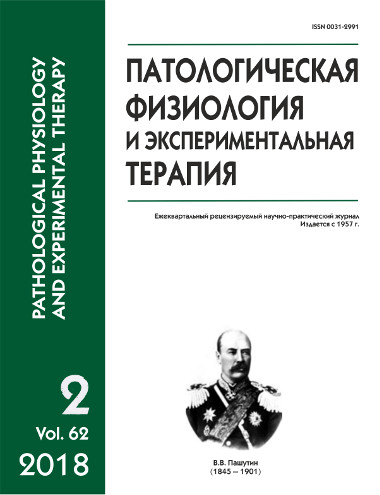Саркопения
DOI:
https://doi.org/10.25557/0031-2991.2018.02.113-121Ключевые слова:
старение, динапения, нагрузки, хрупкость, гериатрия, мышца, сила, тренировкаАннотация
Саркопения (старческое уменьшение силы и массы мышц) прогрессировала в распространенности и тяжести проявления вместе с прогрессом медицины и развитием цивилизации. На заре человечества проблемы не было, поскольку до саркопении не доживали. Затем в течение многих тысяч лет с малым количеством стариков в популяции и отвлечением внимания инфекционными эпидемиями, медицине было «не до неё». Следствия быстрого старения человечества в конце XX и начале XXI веков вывели саркопению из тени в разряд самых актуальных проблем современной медицины. Саркопения приобрела своё название около 30 лет назад, год назад вошла в международную классификацию болезней, а сегодня уже называется гериатрическим гигантом. Взлет популярности закономерен и достоин ещё большего внимания по двум причинам. Во-первых. Саркопенией обусловлены многие беды старости: физическая слабость, депрессия, боли, снижение качества жизни, оптимизма, трудоспособности, рост травматизма, инвалидность, утрата независимости, смертность. Во-вторых. Саркопения затрудняет и снижает двигательную активность, чем способствует развитию наиболее распространенных болезней, эпидемий неинфекционной природы: гипертонической болезни, атеросклероза, диабета, рака, деменции, воспалений, остеопороза. Профилактика и лечение саркопении отодвигает или предотвращает приход её «спутников».Загрузки
Опубликован
2018-06-04
Выпуск
Раздел
Обзоры
Как цитировать
[1]
2018. Саркопения. Патологическая физиология и экспериментальная терапия. 62, 2 (Jun. 2018), 113–121. DOI:https://doi.org/10.25557/0031-2991.2018.02.113-121.













